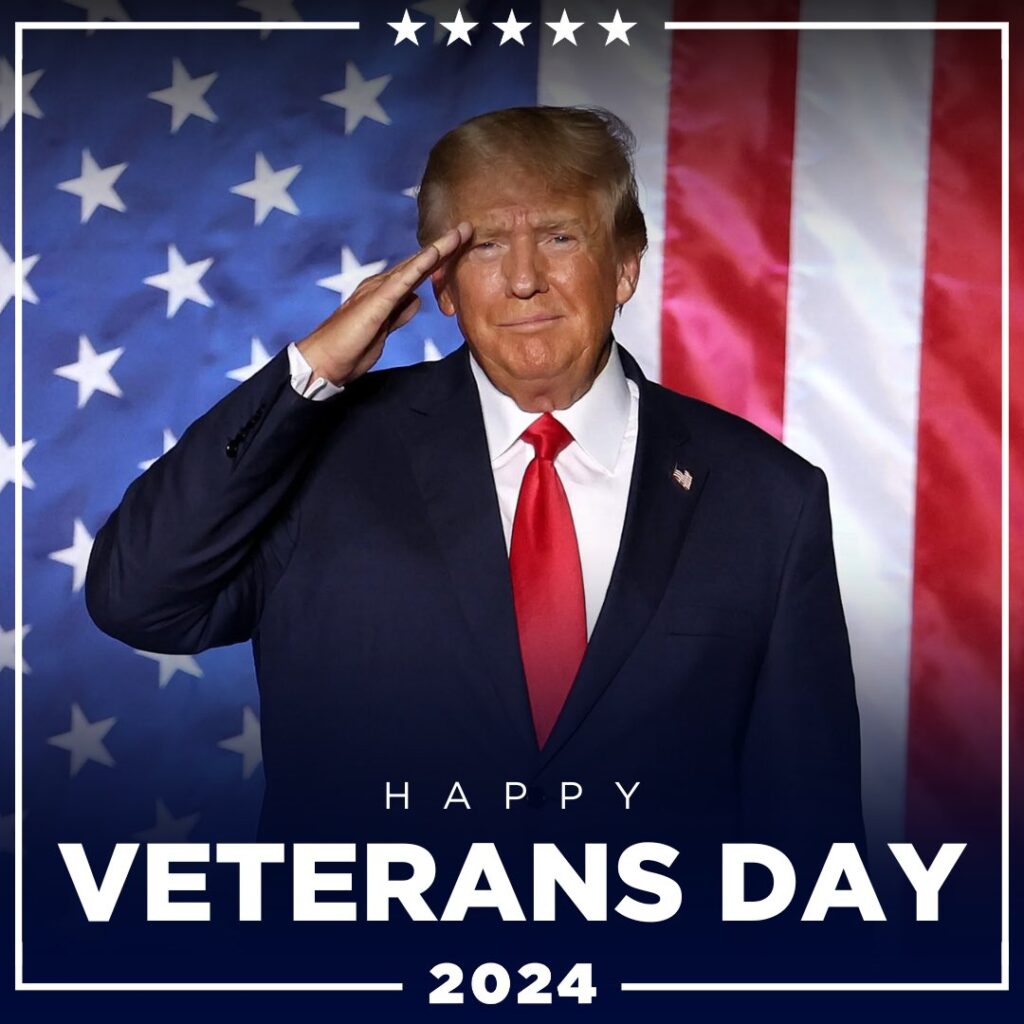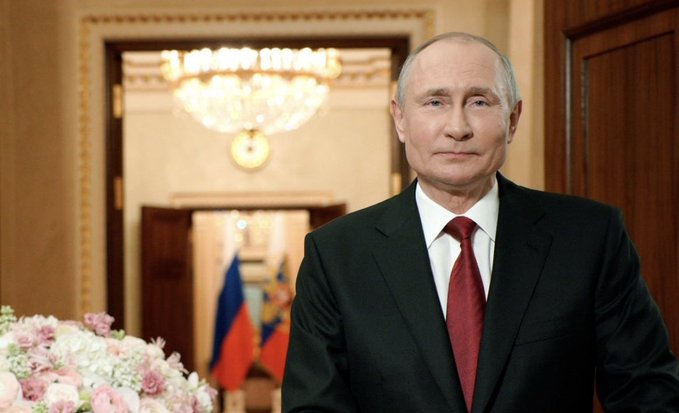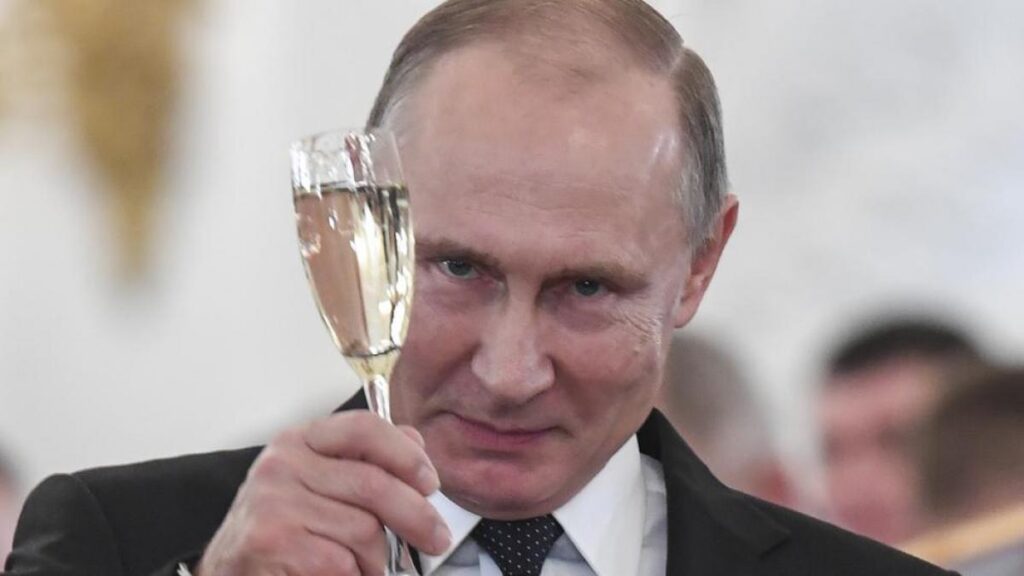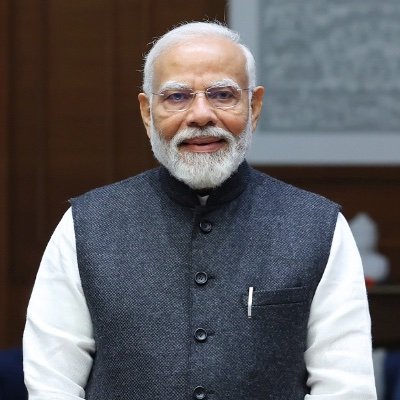Introduction
As the Ukraine-Russia conflict enters its fourth year, the geopolitical landscape continues to evolve with unprecedented complexity. By March 2025, the war has reshaped alliances, economies, and global security frameworks.
This analysis explores the latest developments in the conflict, Donald Trump’s diplomatic strategies following his 2024 election win, and the deepening economic and military ties between Russia and India.
Key Developments in US-Ukraine Peace Talks
Telephone Talks Set the Stage
On March 5, 2025, Presidential Office Chief Andriy Yermak and Trump’s National Security Advisor Mike Waltz held a pivotal phone call to outline the framework for upcoming negotiations.
According to Kyiv Post, the discussion focused on finalizing the location, date, and delegation structure for talks with Russia. Waltz later confirmed progress, stating, “We’re having good talks on substance… We’ll see movement soon
US Pauses Military Aid and Intelligence Sharing
In a controversial move, the Trump administration temporarily suspended military assistance and intelligence cooperation with . CIA Director John Ratcliffe clarified that the decision aimed to encourage Kyiv’s commitment to peace talks:
“President Trump questioned Zelensky’s dedication to ending this war. These pauses are temporary but necessary to bring all parties to the table.”
The suspension follows earlier reports of the U.S. cutting military aid, sparking concerns over defense capabilities. Analysts warn this could weaken bargaining power, though Ratcliffe emphasized that cooperation would resume once negotiations gain traction.

Section 1: Ukraine-Russia War Update
Current Battlefront Dynamics
- Eastern Ukraine Stalemate: Despite heavy losses, Russian forces maintain control over Donbas, while counteroffensives focus on reclaiming Kherson and Zaporizhzhia.
- Drone Warfare Dominance: Both sides deploy AI-guided drones for reconnaissance and strikes, reducing reliance on traditional artillery.
- NATO’s Role: Limited troop deployments in Western under a “defensive shield” agreement spark tensions with Moscow.

2 Humanitarian and Economic Toll
- Civilian Crisis: Over 12 million Ukrainians remain displaced, with EU nations straining under refugee resettlement costs.
- Global Food Security: The Black Sea Grain Initiative collapses, worsening famine risks in Africa and the Middle East.
3 Geopolitical Shifts
- EU Fatigue: Divisions emerge within the EU over continued military aid to amid rising energy prices.
- China’s Mediation Bid: Beijing proposes a peace plan, leveraging its influence over Russia while expanding trade with Europe.
Section 2: Trump’s “Deals” – Reshaping U.S. Foreign Policy
1 The Trump-Putin Dialogue
- Negotiation Push: Trump pressures to cede Crimea and Donbas for a ceasefire, drawing criticism from NATO allies.
- Sanctions Rollback: The U.S. eases energy sanctions on , stabilizing global oil markets but emboldening Moscow.
2 U.S.-India Strategic Ties
- Countering China: Trump strengthens defense partnerships with India, including joint naval exercises in the Indo-Pacific.
- Tech Collaboration: Silicon Valley and Indian startups partner on AI and quantum computing to outpace Chinese advancements.
Section 3: Russia-India Relations – Strategic Depth in 2025

1 Energy and Trade
- Oil Discounts: India imports 40% of its crude from Russia via the INSTC corridor, bypassing Western sanctions.
- Rupee-Ruble Mechanism: Bilateral trade hits $65 billion, with India purchasing advanced S-500 missile systems.
2 Military Collaboration
- Joint Ventures: Co-production of BrahMos-II hypersonic missiles and AK-203 rifles accelerates.
- Arctic Ambitions: India invests in Russia’s Arctic LNG projects, securing future energy supplies.

Section 4: Future Projections and Global Implications
1 War Scenarios for 2025–2026
- Scenario 1: Frozen conflict with NATO-backed holding a reduced frontline.
- Scenario 2: Escalation involving Belarus or Kaliningrad, dragging the EU into direct confrontation.
2 U.S. Election Impact
- A Trump re-election could further isolate , while a Democratic win might revive large-scale aid.
3 India’s Balancing Act
- Delhi walks a tightrope between U.S. alliances and dependence, risking sanctions under CAATSA.
Table of Contents

Conclusion
By March 2025, the war remains a pivotal global crisis, intertwined with U.S. electoral politics and the rise of a -India axis. Stakeholders must navigate economic fragility, technological warfare, and shifting alliances to avert broader conflict.


